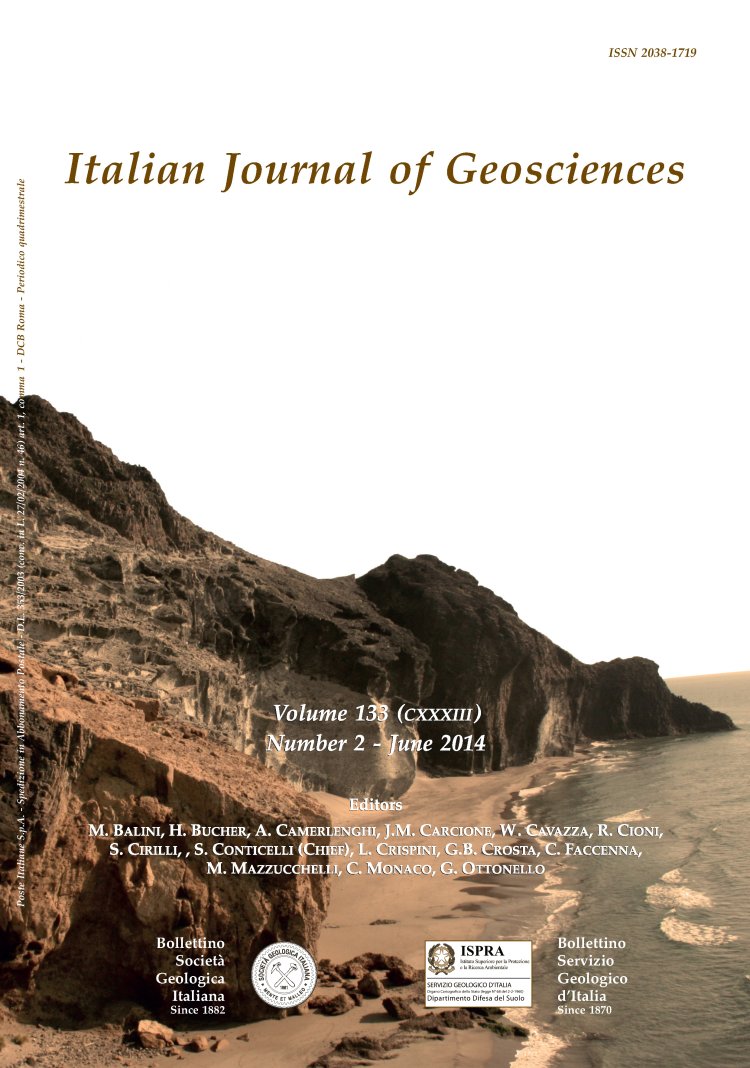
The amount of pure shear and thinning in the Hercynian continental lower crust exposed in the Serre Massif (Calabria, southern Italy): an application of the vorticity analysis to quartz c-axis fabrics
Vincenzo Festa (*)
(*) Dipartimento di Scienze della Terra e Geoambientali, Università degli Studi di Bari “Aldo Moro”, Via E. Orabona, 4 - 70125 Bari, Italy. E-mail: vincenzo.festa@uniba.it
Volume: 133 (2014) f.2
Pages: 214-222
Abstract
New petrographic and geologic data on the lower continental crust exposed in the Calabrian Arc are reported with the aim to shed some lights on the thinning episode occurred during the late stages of the Hercynian orogeny. Previous petrologic studies provide some constraints for the decompression mechanisms in different levels of the continental crust. However, an integral view of the exhumation mode, which took place during the Late Carboniferous, is still missing.
This paper used the method of vorticity analysis, which takes into account new quartz c-axis measurements and microstructural observations on high-grade metasediments to estimate the value of the vorticity number (Wm).
In addition, calculation of Wm allowed obtaining: i) the percentage of pure vs. simple shear and ii) the amount of thinning of the Hercynian continental lower crust exposed in Calabria.
The final scenario is derived where pure shear played a major role in the thinning of the lower crust, whose original thickness is estimated to be two and half times the present-day value. Comparing this result with the well-known petrologic data, it is concluded that the late-Hercynian thinning preferentially took place in the lower crust and, along with erosion, would be the main responsible for the present-day overall crustal thickness.
Keywords
Lower continental crust, high-temperature deformation, late-Hercynian thinning, vorticity analysis, c-axis fabrics.
Get Full Text